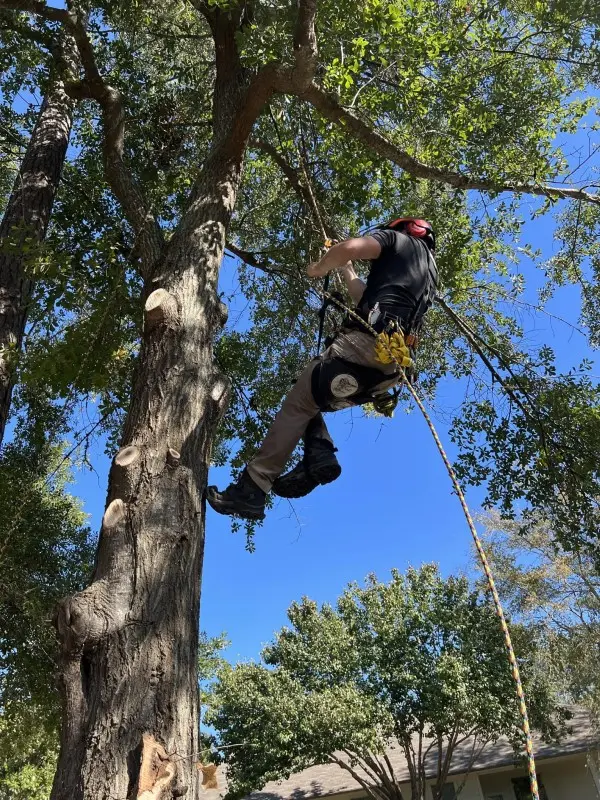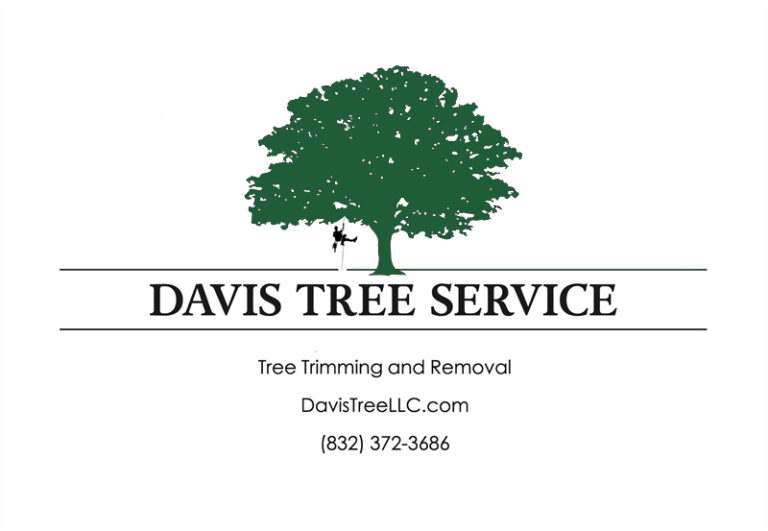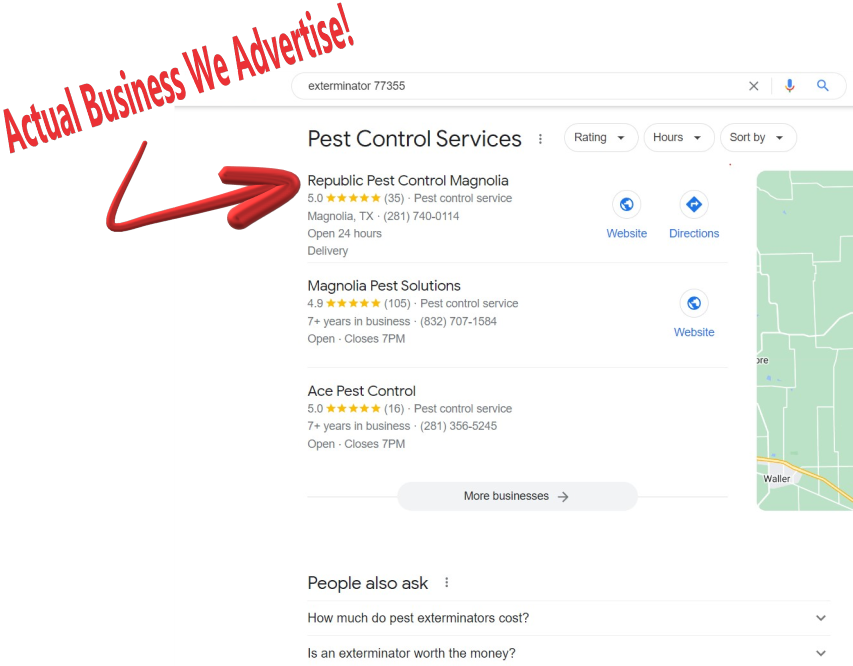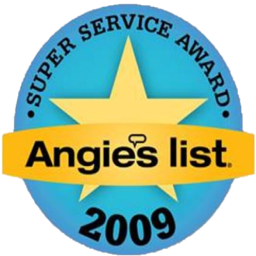I’m Ryan Davis, owner of Davis Tree Service. I spend my days high in the canopy, shaping oaks, elms, and pines across Montgomery County so they stay healthy, safe, and good-looking. Licensed, insured, and proud to serve my neighbors, I treat every branch as if it were hanging over my own porch.
Why Regular Trimming Works
Montgomery County sits in the piney woods of East Texas. Our humid summers fuel fast growth; spring storms bring sudden wind shear. Unchecked limbs crowd roofs, lean over power lines, and invite pests. A precise trim stops that cycle. Remove crossing branches, open the crown for air flow, and the tree reacts with stronger secondary growth. Within one season the canopy thickens evenly, and storm damage risk falls.
Have you walked outside after a thunderstorm and counted the broken twigs on your lawn? That mess shows exactly why a scheduled trim pays off.
At-a-Glance Demand Trends
Below is a chart of the trimming jobs my crew finished month by month last year. Peak calls arrive from April through September—most residents plan ahead of hurricane season, and commercial sites prep for summer foot traffic.
Use this trend to your advantage. Book during January or February and you’ll likely secure an earlier slot and a shorter on-site window.
Step-by-Step Walkthrough of My Service
1. On-Site Assessment
- I inspect bark texture, leaf density, cavity presence, and root flare exposure.
- A laser rangefinder confirms canopy spread and clearance distance from structures.
2. Hazard Mitigation Plan
- Deadwood over two inches comes down first.
- Weak V-forks or co-dominant stems get a reduction cut to prevent future splitting.
3. Structural Pruning
- I thin no more than 25 % of live foliage in a single visit to avoid shock.
- Each cut sits outside the branch collar, preserving the natural healing ridge.
4. Cleanup & Mulching
- A chipper processes branches into mulch I leave neatly stacked for your beds.
- Final rake lines keep lawns footprint-free.
Want to preview finished results? Browse my tree trimming gallery for before-and-after shots of oaks reshaped last spring.
Safety Gear and Techniques I Rely On
| Gear | Purpose | Benefit |
|---|---|---|
| Double-locking carabiners | Secure climbing lines | Prevents accidental unclipping mid-cut |
| ANSI Z87.1 eye protection | Shields against chips | Eliminates corneal injuries |
| Drop-zone signage | Marks exclusion area | Keeps bystanders clear |
| Pole saw with insulated shaft | Reaches high deadwood | Reduces ladder time near power lines |
I climb with a stationary rope technique: one friction saver, one mechanical ascender, and a quick-link backup. This method lowers fatigue and speeds descent, shortening job duration without compromising precision.
Seasonal Care Calendar
| Season | Primary Task | Why It Helps |
|---|---|---|
| Late winter | Structural pruning on hardwoods | Trees are dormant, wounds seal faster |
| Early spring | Light shaping of flowering species | Enhances bloom display |
| Midsummer | Palm skirt removal | Discourages nesting pests |
| Early fall | Storm readiness inspection | Finds cracked limbs before cold fronts |
| Late fall | Canopy clearance over driveways | Prevents ice-laden branches from dropping |
Use the chart above to schedule each tree once per year for health and safety gains that compound over time.
Common County Species and My Approach
- Loblolly Pine – I thin interior twigs to let air move through the sail-shaped crown; this cuts wind throw.
- Southern Live Oak – I lift lower limbs gradually over two seasons to respect the species’ wide lateral habit.
- Cedar Elm – Quick healers tolerate reduction cuts, so I shorten leaders near rooftops without risk.
- Sweetgum – Prune in midsummer after fruit drop to tame vigorous vertical shoots.
Notice how every cut matches species biology. A one-size-fits-all approach harms sap flow and invites decay; tailored trimming keeps trees vigorous.
Questions I Hear Every Week
- How often should I trim my oak?
Every two to three years keeps growth balanced without stressing the tree. - Will pruning raise my property value?
Homes with well-maintained landscaping see higher curb appeal and appraisal numbers. - Do you haul everything away?
Yes, unless you request mulch for garden reuse. My crew leaves no branch behind. - What if rain hits on the scheduled day?
Light drizzle is fine. Thunderstorms or high wind push the job to the next clear slot for safety. - Can I watch from the yard?
For safety, stay outside the drop zone. A clear viewing spot is always available if you’d like to observe the process.
Questions still on your mind? Ask directly through my contact form.
Booking Your Trim in Three Simple Steps
- Reach out – Call 832-372-3686 or fill out the estimate form.
- Get a firm quote – I visit, measure, and hand you a written price before leaving.
- Pick a day – Most residential jobs finish in one morning. Commercial sites get weekend slots on request.
Secure your date early—April and May slots fill fast once spring growth kicks in.
When you’re ready, my gear is tuned, the crew is briefed, and your trees are next in line for precise, healthy shaping.








































